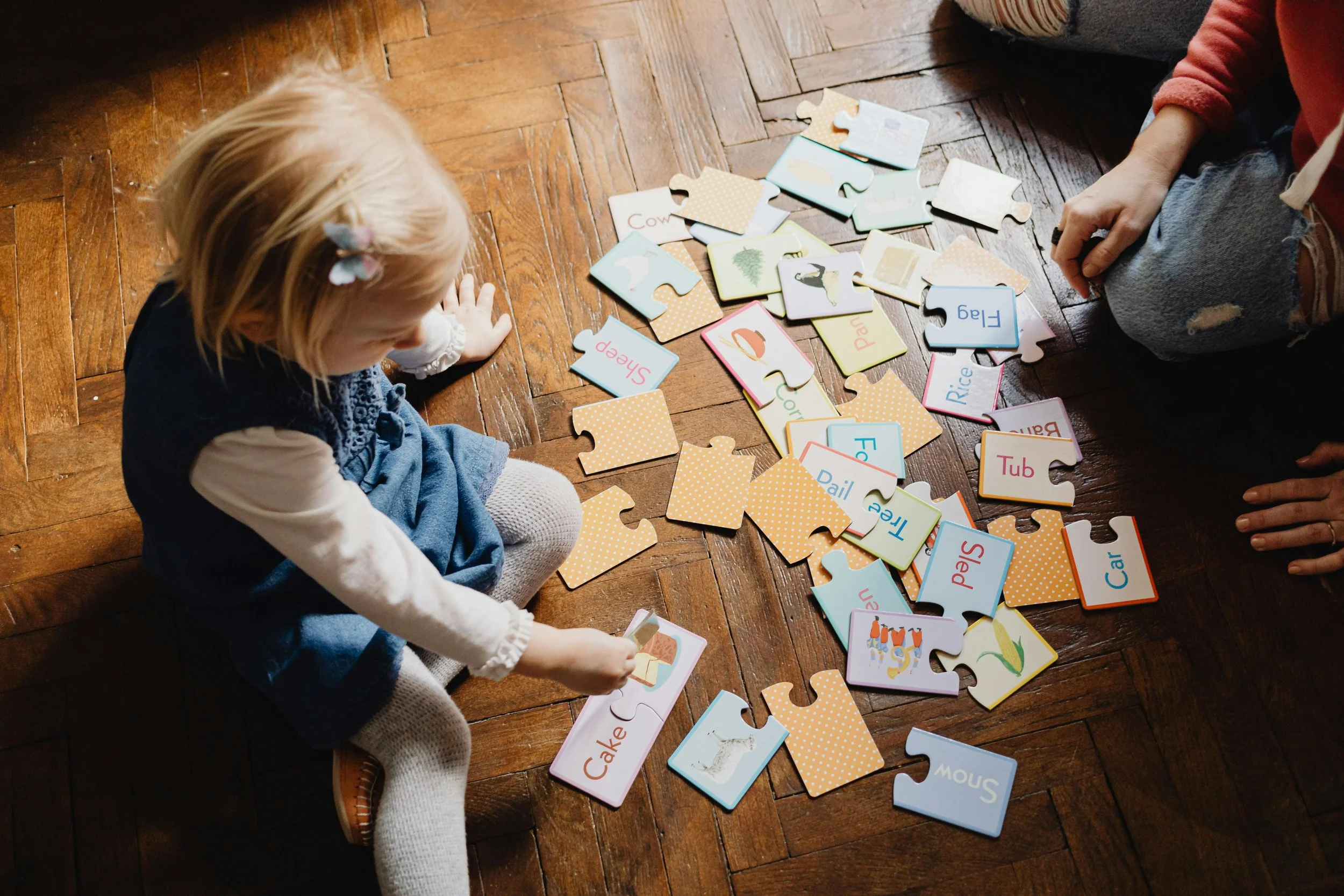The Language Skills You Can Help Your Kids Develop At Home
As a parent, it’s not just your responsibility to keep your kids clothed, fed, and safe. You also play the most crucial role in helping them get ready for life as they get older, including academically. Nowhere is this role more important than in helping them develop literacy and language skills. However, you might not be aware of what, exactly, that looks like. You don’t have to run an English class out of your home, but there are a few ways that you can ensure that their development stays on track, hitting the milestones that it should be. Here, we’ll look at some.
Build Their Vocabulary With Conversation
Talking to your child is highly recommended, from as early an age as you can start. It’s a fact that children learn most of their vocabulary outside of school, typically through everyday family conversations. You don’t need to make conversations with them purposefully guided to drill new words into them, but being descriptive, such as using basic adjectives, naming objects you’re talking about, and describing feelings in simple words, can all greatly help. Encouraging their participation in the conversation is recommended, as well, developing not just their ability to comprehend ideas, but to express them, as well. Daily interactions are a vital opportunity for growing language skills, and continue to be as they get older.
Express Through Pretend Play And Storytelling
While simple conversations about real, everyday life are important, so too are exercises that can help build expressive language skills. You’re child’s ability to both recall and come up with details for characters, scenarios, and stories helps them greatly improve their communication skills. Aside from expanding their use of expressive language, it also helps get a better idea of narrative and of sequences of events. For instance, playing a game where you go grocery shopping with them, and then use those groceries to make dinner, develops confidence in not just the words they’re using, but their ability to express ideas with them.
Reading Aloud For Listening And Narrative
One of the best things you can start doing with your child at a young age is to read out loud to them. Basically, as soon as they’re able to comprehend words, bedtime stories are not just a great bonding exercise, but help them in a wide range of ways. It teaches them vocabulary, new ideas, and the ability to actively listen to glean and store information. Finding age-appropriate books is vital, of course, as they’re a lot less likely to disengage with stories that are a little beyond them at the moment. Aside from reading at bedtime, reading stories in the day can help you develop the foundations of critical thinking by pausing to ask questions about the story, such as “Why do you think <the character> did that?”
Building Vocabulary Through Songs And Rhymes
Not all of the words your child picks up will be through direct conversation or study. There’s a big reason that nursery rhymes are so popular amongst not just kids, but also their parents. This is because they’re a highly powerful tool for language development. They’re one of the earliest forms of storytelling your child will interact with, but they are also great for phonological awareness. Rhymes, as in words that sound the same, begin to teach your child how to recognize words by sound. As they begin to recognize letters, visually, connecting them to the sound is one of the first ways they begin to sound words out, laying the foundations for reading.
Learning Words On Sight
Phonetically spelling and sounding out words will help children begin to parse out words and, eventually, sentences. However, there are some words that are either difficult to sound out correctly or so common that teaching them to learn them on sight can help make reading much faster. The question of when to start sight words depends on your child’s development, but it’s typically a good idea to start introducing a few words by the time they’re in preschool, at around 4 years old. Some kids will be ready to learn the basic ones, such as “is,” “it,” “my,” “me,” and “no” a little earlier, some might be a little later. However, it’s a skill you should definitely help them with throughout first grade.
Writing Before They Can Write
Most children learn to write around preschool and kindergarten, but it’s not a skill that sprouts up out of nowhere just through studying it at school. It’s a skill that they develop as they grow, from the moment that they’re first able to hold a crayon or pencil. Encouraging them to draw and scribble from an early age is important. As they do, you should work with them to develop one skill after another. This starts with copying lines and circles, up to drawing stick figures, tracing letters, and then even writing their own name. Encouraging them to do this by providing paper and drawing implements, and then suggesting ways to use them that push those skills further, bit by bit, will make the eventual practice of writing a lot easier for them.
Provide Plenty Of Reading Materials
Aside from reading to them, you’re eventually going to want them to read for themselves. This begins when they’re able to understand certain words, with you asking them to read out those words during your reading sessions. Then, as they get better at reading sentences, you take turns with them and help them out with any words they struggle with. Eventually, when they’re able to read entire books out loud by themselves, it’s important to provide reading materials available to them. It’s important to pick out books that are actually going to engage with, so make sure to get a grasp of what kind of topics or ideas they’re interested in, be it princesses, ponies, robots, dinosaurs, or otherwise. Then fill a mini-library with books on those topics (as well as a few others to help expand their horizons). This makes them a lot more likely to start reading independently for their own pleasure.
Parents play a huge role in literacy, and a lot of the groundwork is laid out in the home, even before your child starts going to school. Hopefully, the tips above can help you keep things moving in the right direction.



